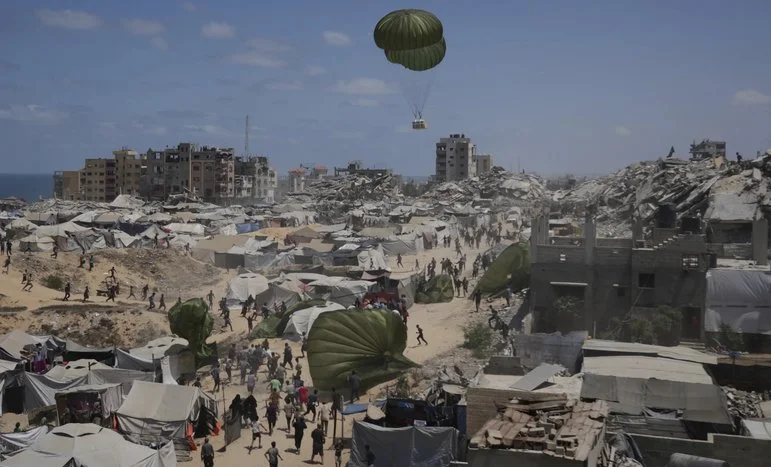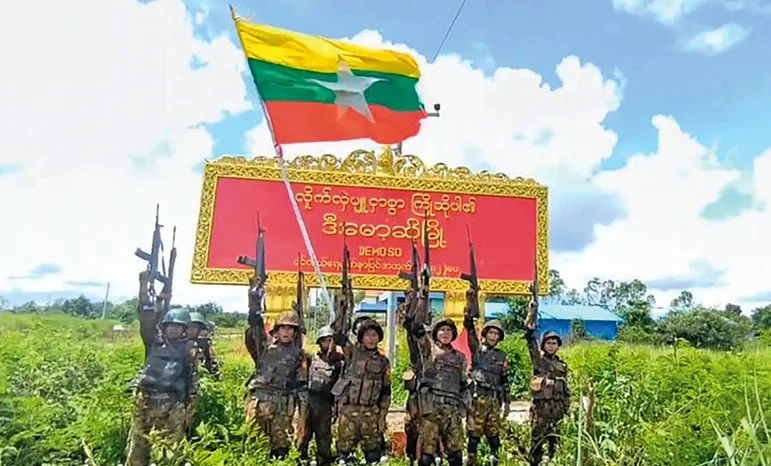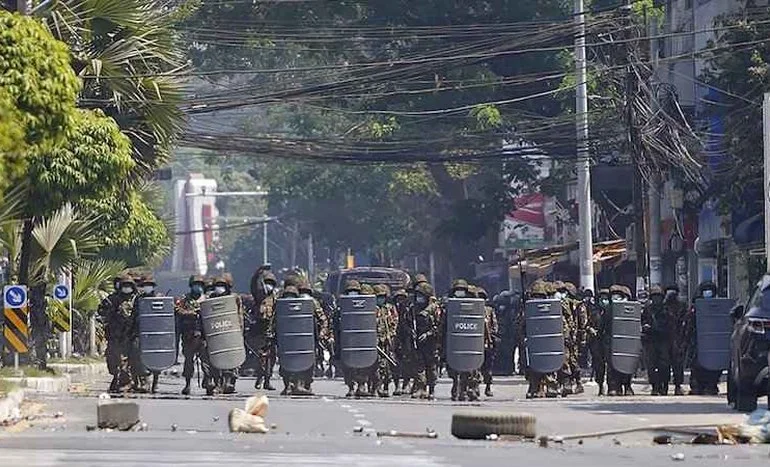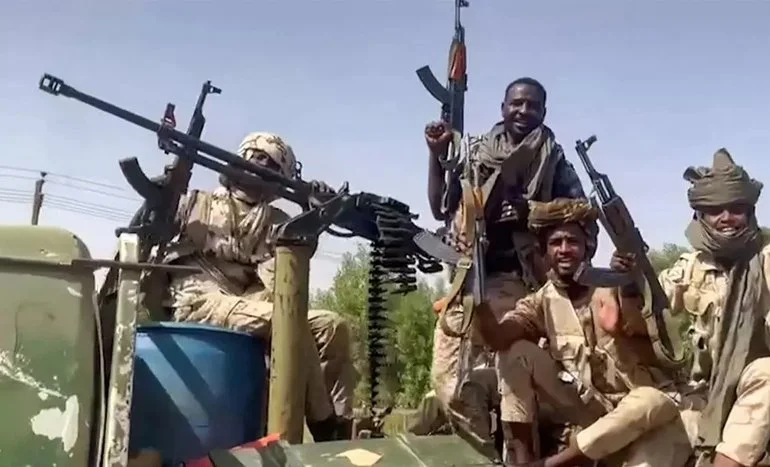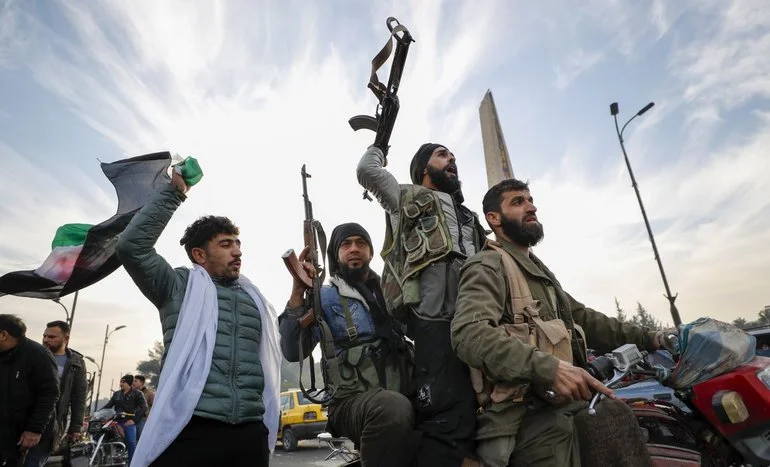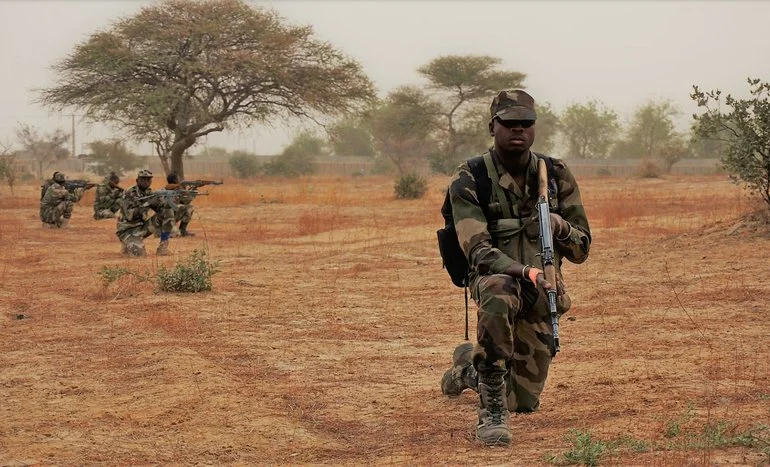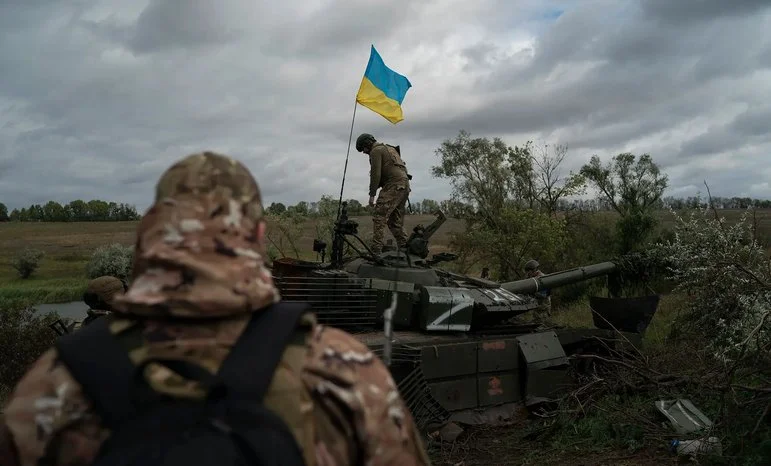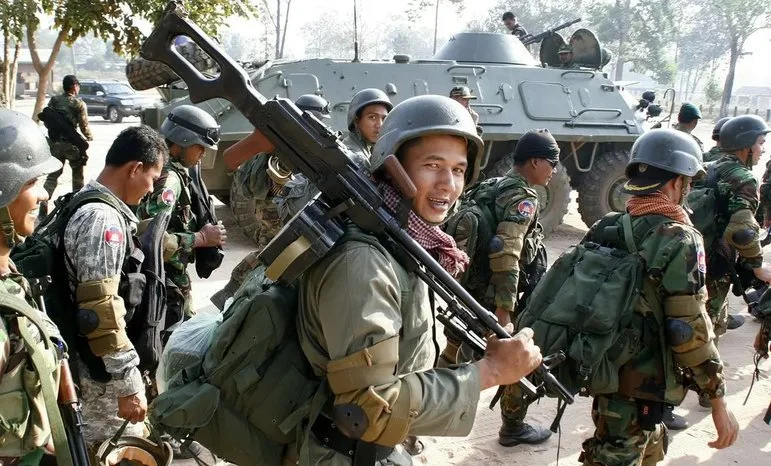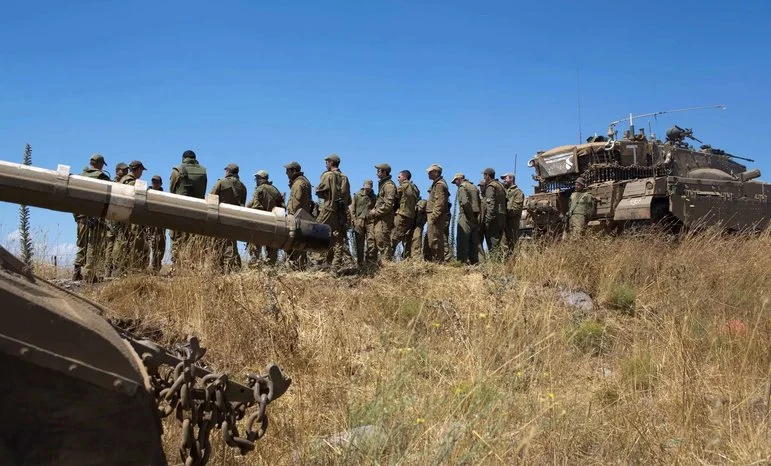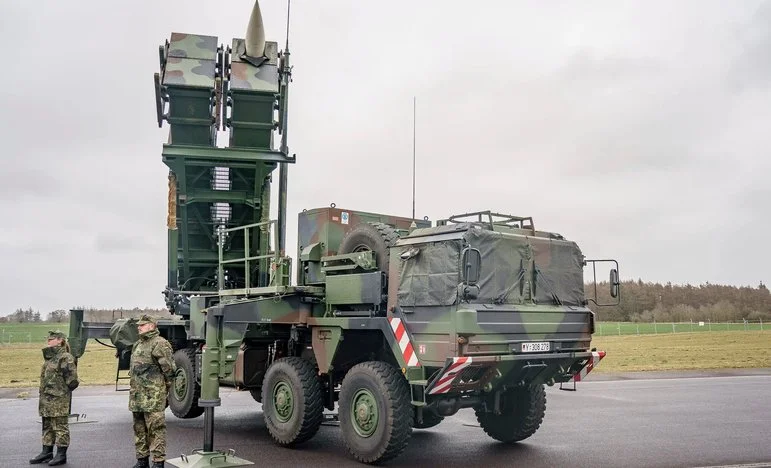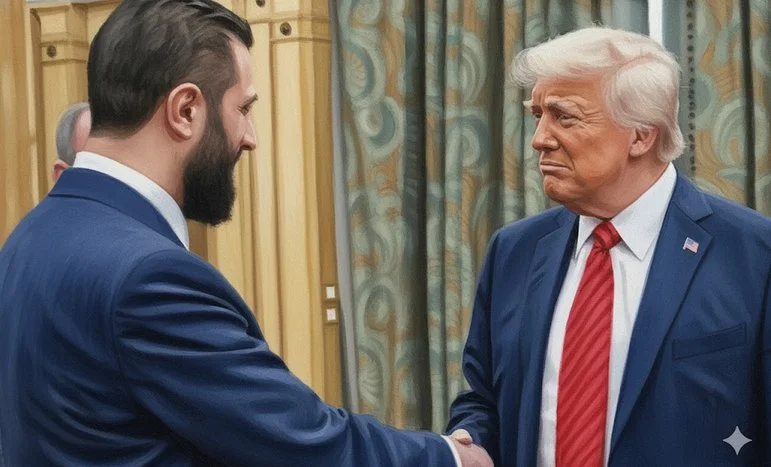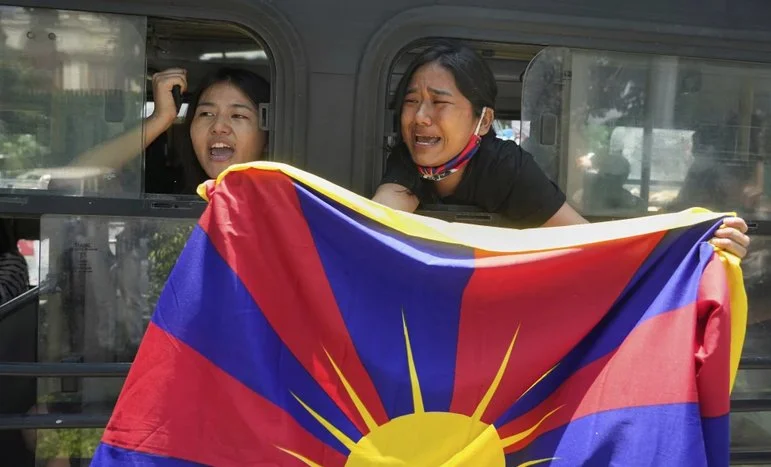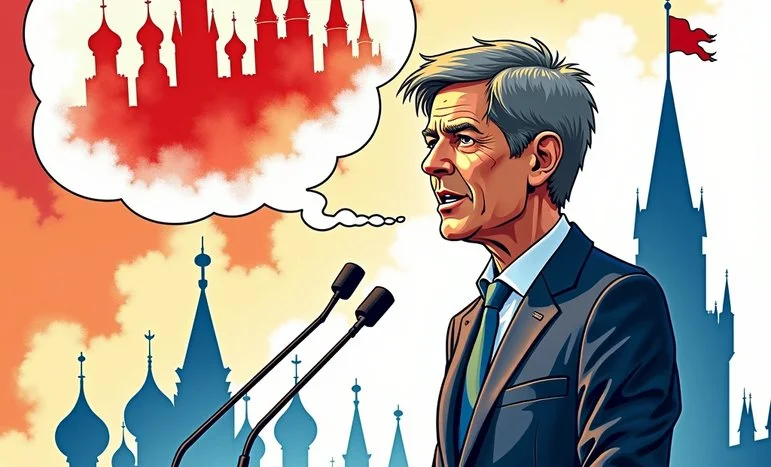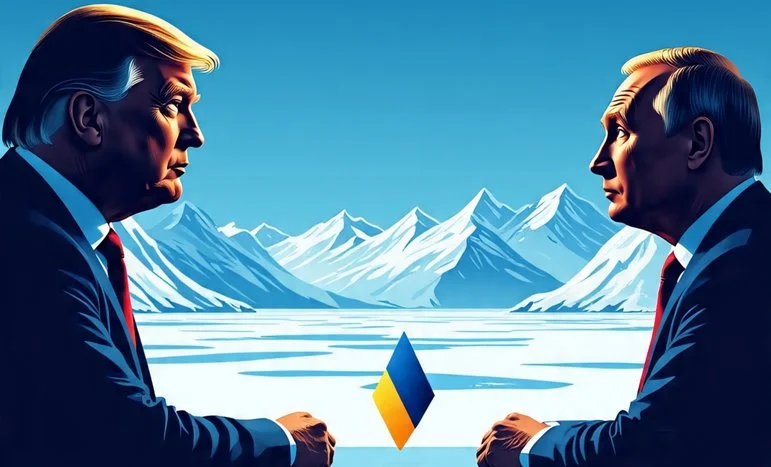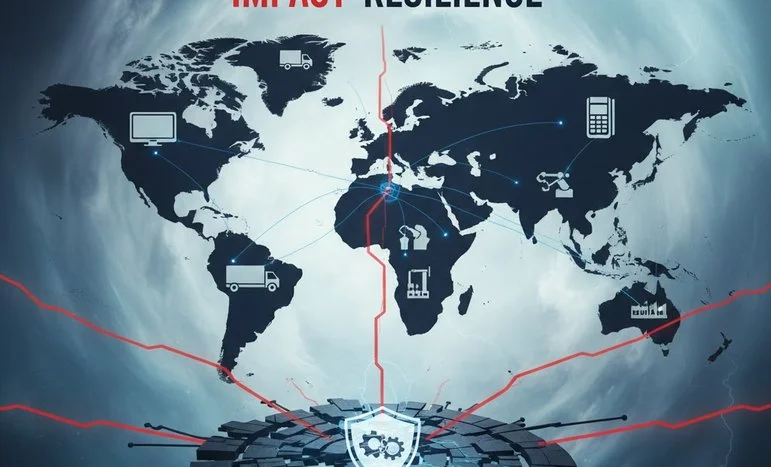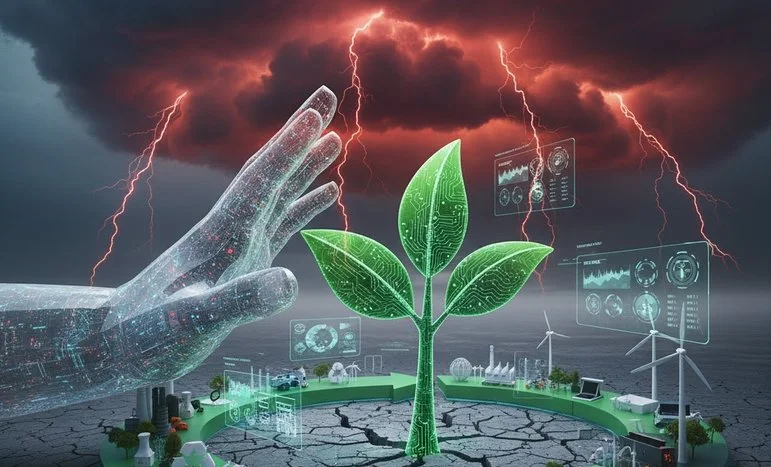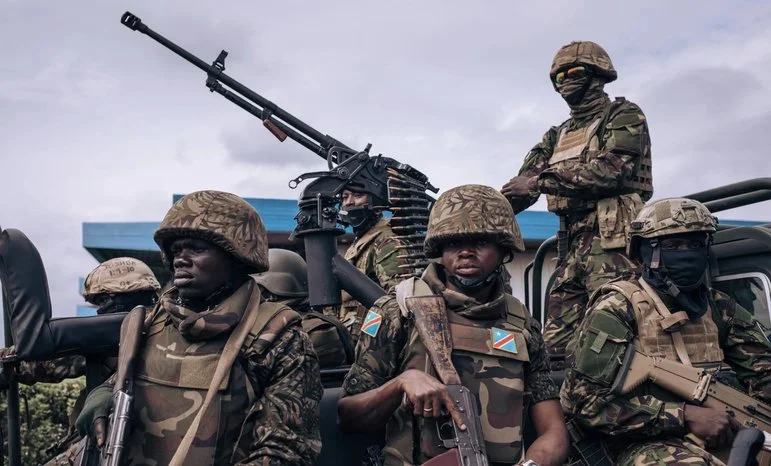
Eastern DRC in Turmoil: A Relentless Cycle of Conflict and Suffering
A Crisis With Deep Roots
The eastern Democratic Republic of Congo (DRC) remains one of the world’s most complex and underreported crises. The region, particularly North Kivu, South Kivu, and Ituri provinces, is plagued by over 100 active armed groups, intercommunal violence, and cross-border tensions.
Armed Groups and Escalating Tensions
Militias such as the M23 Movement, Allied Democratic Forces (ADF), and several Mai-Mai factions have launched recurring offensives, often targeting civilians, displacing entire communities, and attacking government forces or UN peacekeepers.
Efforts by the Congolese military (FARDC) and UN peacekeeping forces (MONUSCO) have seen limited success, and violence has intensified, with alleged foreign support to certain groups adding to regional friction.
A Humanitarian Nightmare
The humanitarian toll is staggering:
- Over 7 million people are displaced within the DRC—the highest number in Africa.
- Human rights violations, including mass killings, sexual violence, and child soldier recruitment, are widespread.
- Basic services such as healthcare, education, and infrastructure are scarce or nonexistent in many conflict zones.
Food insecurity, cholera outbreaks, and lack of access to clean water have made daily life a struggle for millions.
Regional Ramifications
The instability in eastern DRC is not confined within its borders:
- Rwanda and Uganda have repeatedly been accused of involvement, either directly or by proxy.
- Refugee flows from the DRC affect neighboring countries, straining resources and triggering diplomatic tensions.
- The fragile security landscape threatens to undermine broader Central African stability.
A Call for Sustainable Engagement
Despite its enormity, the DRC crisis often receives limited global media and diplomatic attention. As MONUSCO begins its phased withdrawal, questions remain about the future security vacuum.
Sustainable peace will require:
- A comprehensive disarmament and reintegration program
- Robust regional cooperation
- Strengthened Congolese governance and service delivery
Without these, violence and suffering are likely to persist, and the world’s largest UN peacekeeping mission may leave behind a vacuum rather than a solution.
We appreciate that not everyone can afford to pay for Views right now. That’s why we choose to keep our journalism open for everyone. If this is you, please continue to read for free.
But if you can, can we count on your support at this perilous time? Here are three good reasons to make the choice to fund us today.
1. Our quality, investigative journalism is a scrutinising force.
2. We are independent and have no billionaire owner controlling what we do, so your money directly powers our reporting.
3. It doesn’t cost much, and takes less time than it took to read this message.
Choose to support open, independent journalism on a monthly basis. Thank you.
